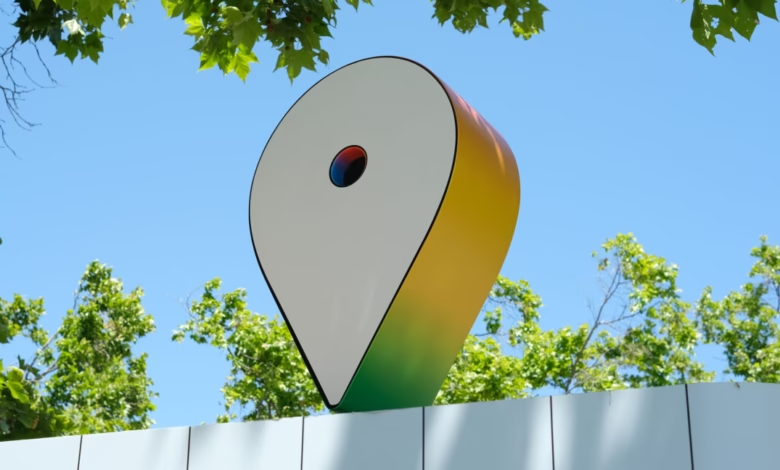Boost Google’s Find Hub Network with a Simple Setup Tweak

▼ Summary
– Apple’s AirTags improved Bluetooth tracking by leveraging iPhones, prompting anti-stalking measures due to their reliability.
– Google’s Find Hub, Android’s tracking solution, has been less consistent, but a new setup screen may enhance its effectiveness.
– Trackable devices like AirTags use Bluetooth LE signals, which nearby phones detect and report to help owners locate lost items.
– Google’s Find Hub initially restricted tracking to busy areas for privacy, making it less useful for finding devices in all locations.
– The option to enable tracking in all areas is currently hidden deep in system settings, but Google may simplify access during setup.
Bluetooth tracking technology has evolved significantly since its introduction, with Apple’s AirTags setting a new standard for reliability. While these tiny trackers revolutionized item location services, Android users have faced inconsistencies with Google’s Find Hub network. A forthcoming update aims to change that by making the system more accessible during initial device setup.
Recent findings indicate Google is testing a streamlined approach to configuring Find Hub directly within the Android setup wizard. This adjustment, tied to Play Services version 25.24, promises to enhance tracking accuracy by encouraging broader participation in the network. The update’s changelog explicitly mentions the ability to “configure Find Hub during phone setup, enabling remote device location.”
The underlying technology relies on Bluetooth Low Energy (BLE) signals emitted by trackable devices. Nearby smartphones detect these signals and relay their approximate positions to the network, allowing owners to pinpoint lost items. However, Google initially imposed strict limitations on Find Hub’s functionality, restricting tracking to high-traffic areas where multiple devices could contribute location data.
This cautious approach, likely driven by privacy concerns, made the system less effective for users needing to locate items in less populated areas. Worse still, the option to enable full tracking coverage remains buried deep within system settings, far from intuitive for most users. Currently, accessing Find Hub requires navigating through Security > Device Finders > Find Hub > Find Your Offline Devices, a path that varies slightly across different Android models.
With this upcoming change, Google appears ready to address these usability hurdles, potentially making Find Hub a more viable competitor in the Bluetooth tracking space. The move could significantly expand the network’s reach, offering Android users a more reliable way to keep tabs on their belongings.
(Source: Ars Technica)